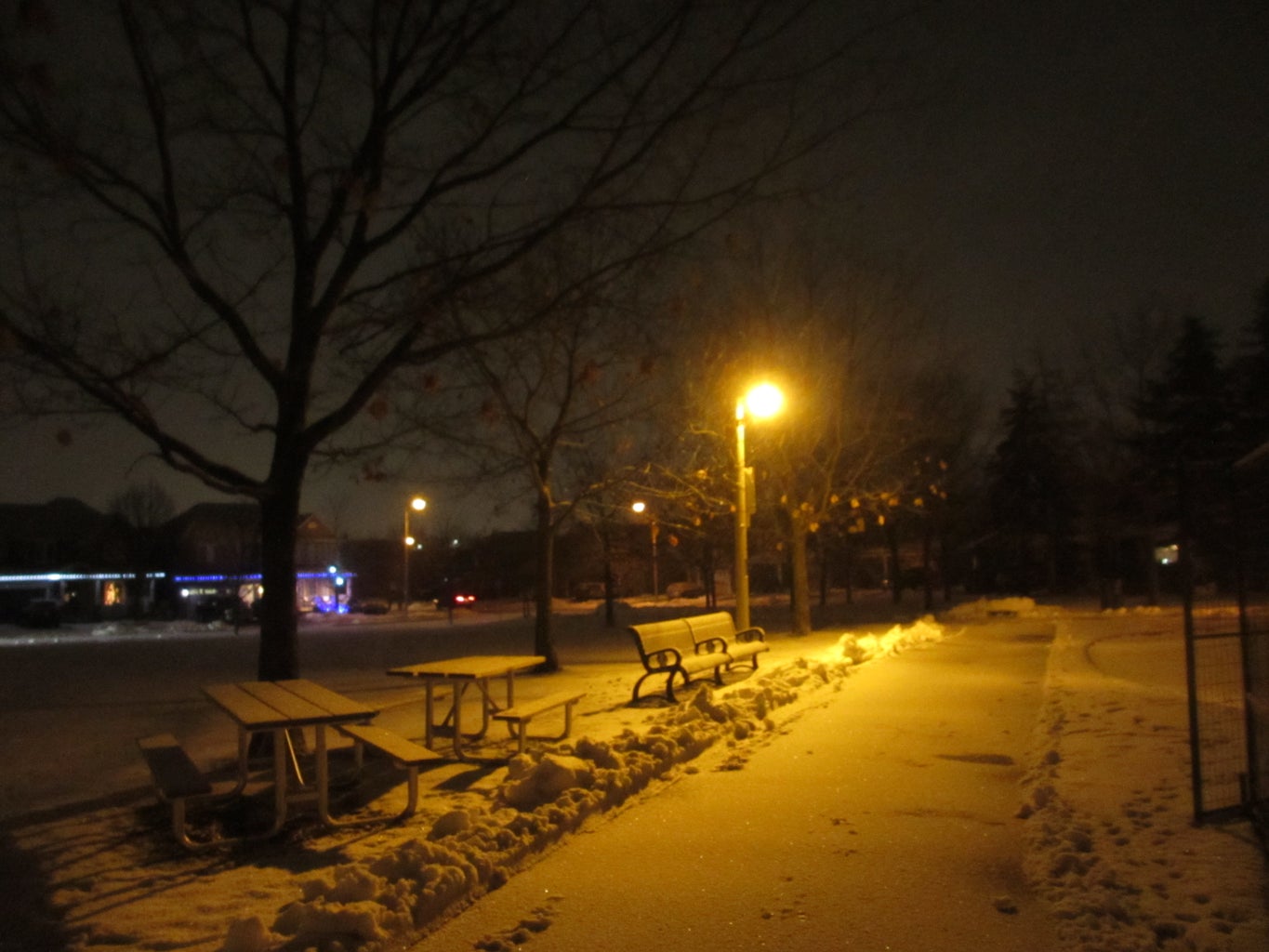Up until the unfortunate breaking of it a few weeks ago, my eleven-year-old purple Canon PowerShot was by my side in every outing I embarked on. It was a constant friend, always tucked away in my pockets or buried in the depths of my purse with my crumpled-up receipts, promising to capture and retain all my memories. And that it has — blessing me with thousands upon thousands of pictures and videos of my life.
It was only in the last four years that I started seeing my photos embodying something that could be considered a trend — nostalgia. A word so rampant it now seems to possess a subsection of its own within current media.
I think my first encounter with a form of media flooded with this word was Call Me By Your Name. Ignoring what I now consider an alarming relationship, the film itself is lush with shots of nature, novels, architecture and people lazing about on summer days that are hazy with relaxation.
But what makes Call Me By Your Name instill nostalgia within viewers? In fact, what exactly makes any piece of media possess the power to evoke a sense of longing for the past?
It may be the usage of vintage cameras, or the manipulation of modern technology to appear older, that gives us that feeling. It appears that these techniques — alongside additional creative choices — need to be used to produce nostalgia.
How Media Encapsulates a Feeling of Nostalgia
Both film and point-and-shoot cameras have experienced a resurgence in popularity, with many people opting to use them instead of their phones when taking photos.
To expand upon this, Tim Gallagher writes for Euronewsthat the communications director of Kodak, Kurt Jaeckel, attested to a recent rise of the brand’s film business. The article explains how this could be attributed to the rise in achieving the “aesthetics” of film photography.
According to a Vox article by Charles Bramesco, film produces images that look older and more worn out, which contains a softness to them comparable to past films. Therefore, they supply us with a sense of reminiscence.
Point-and-shoot cameras also have a particular allure to them. On PetaPixel, Pesala Bandara showcases the 2022 TikTok trend, where users compare photos taken on their phones to photos taken on a digital camera. Zoe Nazarian, a social media influencer, says that the “‘lower quality’ and grainy look” is the preferred result for her compared to the iPhone.
Don’t own a film or point-and-shoot camera? Rest assured that several editing techniques and hacks can give your photos and videos the look of these cameras.
Adobe has an entire article on how to add a vintage look to your photos, with tactics like adjusting colour, contrast, and adding noise, which gives the image less clarity and more grain.
As a frequent iMovie user, I have seen how videos can be transformed visually by employing filters such as noir, sepia, silent film and film grain. Other video-editing programs have similar filters, with additional tips outlined in an article by The Beat, including decreasing contrast, adding a golden touch to the highlights, and lowering saturation. PetaPixel also cites a TikTok video where user Katie Lu shows how to use plastic wrap and lip balms to create the visual effects of a digital camera.
To me, it makes sense that Gen Z would want photos and videos resembling film and point-and-shoot cameras — it gives them a sense of the technology which encapsulated their early childhood or the generations directly before them. These mediums bear an inherent association with memory and the past, adding a tinge of longing for the past to every piece of media we see formed with it.

Personally, I find that an additional creative technique in garnering a recollection of the past emphasizes the mundane. It’s in that mundane, the remains of the past that are often overlooked in the moment they’re occurring, that make me feel most nostalgic. This can range from sharing a tangerine with friends to petting a lone cat on the street and even picking up groceries in the evening.
Mundane moments, sights, and tasks within media evoke memories where one has experienced déjà vu, which is a doorway to longing and sentimentality. Due to how common and popular these experiences are, media, including such emphasis on the mundane, also induces collective nostalgia.
But why do we crave nostalgic media so badly? Why does Gen Z have so many trends that romanticize and advocate for it?
According to an episode of the podcast Speaking of Psychology, featuring psychologist and professor Krystine Batcho, the frequency of Gen Z turning to the past could potentially stem from a sense of “missing” a connection that is less distanced from technology and more “up and personal.” I think this could be related to a separate subsection of nostalgia Batcho describes, which is a desire for a specific historical time period. This aligns with what I personally felt for Call Me By Your Name.
To see a film with a protagonist my age, who got to experience a summer with little to no technology, was refreshing and something I longed for. The human connection he got to experience with his relatives and friends, immersed in undistracted creativity, dancing and travelling, was something that I yearned for.
I have seen this longing amongst fellow Gen Z young adults, from photo collections to longing posts. However, we must remind ourselves that the past was accompanied by violence and social issues and was not perfect harmony and romance. As Batcho says, we can sometimes be “selective” with the past and our memories.
Batcho also says that nostalgia gives us a strong perception and understanding of ourselves. When we are reminiscent of our past, we tend to reflect on the person we once were and who we are now, which serves as an acknowledgement of our own identity. Due to this, it is an emotion that is comforting during times of change, additionally reminding us of the love we share with others.
However, young adults particularly tend to fall into bouts of reminiscing due to how formative the years of young adulthood are, with “one foot in childhood” and the other “anticipating their move into complete adulthood.” The simultaneous excitement and anxiety to enter adulthood that this group experiences tends to “trigger nostalgia” more often.
I can personally relate to this, as I am sure many of my peers do. By entering my 20s and becoming more financially responsible and independent, I fondly reflect on my high school years. In light of how spaced out my time with them is now, I often miss the ease at which I used to be able to see my friends back then.
If I missed a friend in high school, I could look forward to being seated beside them in my third-period English class. Now, our drastically different schedules limit our time spent together to outings that must be planned in advance. I feel this longing more prominently during moments of missing my friends and feeling all too poignantly how little I have seen of them over a period of time.

To this day, whenever I drive by my old high school, I tend to sigh longingly and whine to my friends about how much I miss those years. Nostalgia is an emotion I tend to happily succumb to.
My purple camera has captured thousands of photos and videos of myself, my friends and my surroundings since I was 10 years old. My friends can attest to the hours I have spent looking over them.
I also have a personal fondness for films, video-making, and photography that embody this beloved feeling of mine. YouTuber Leah Wei is a particular favourite of mine because her focus on mundane moments of human interaction, nature and food reminds me of moments I have had in relation to those things.
I find that there is something everlasting and steady about nostalgia — the mere fact that some things can bear an inseverable, invisible tie to a moment of the past that surpasses time. The way many media forms can replicate this sentiment makes this phenomenon even more long-lasting to me. It is a constant reminder that time has no bearing on the memories closest to us, for there will always be something in the world that familiarizes that one conversation, that one tender moment, that one thought again and again.
It’s a bittersweet feeling rather than entirely positive. I think that sometimes, it possesses a lurking danger in pivoting me into a world of sadness at what I cannot have anymore. As Batcho said, we are capable of idealizing the past, which I think I often tend to do, and for me, the result is sometimes unhappiness and longing.
I am well aware that years from now, I will also look back on this time of my life fondly, remembering how my friends and I could celebrate every birthday together, how we could plan snack-filled evenings together and how we could spend hours commuting somewhere together, and the exhaustion of the trip was bearable because we were together.
Things can be different from the past, of course, regarding work, education, relationships and even one’s sense of self. While this can sometimes lead to a feeling of sadness, it reminds me that I cannot possess what I once did. I think this is a certain reminder that helps me.
Any phase of my life can be something I one day feel nostalgic about in the future, for there will always be something good within it that I can reflect back on. That’s exciting, too — to know that there are still things I shall experience anew that are wonderful enough to feel nostalgic about one day. Whether it be how I got through something difficult, the people who supported me, or even a beautiful view I got to see during a walk — I think there will always be something, and personally, that reminder helps me.


